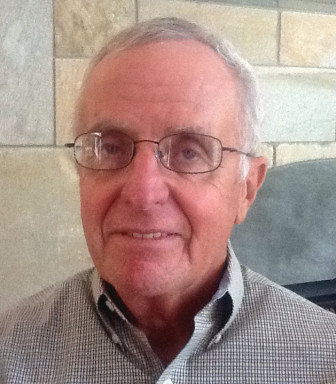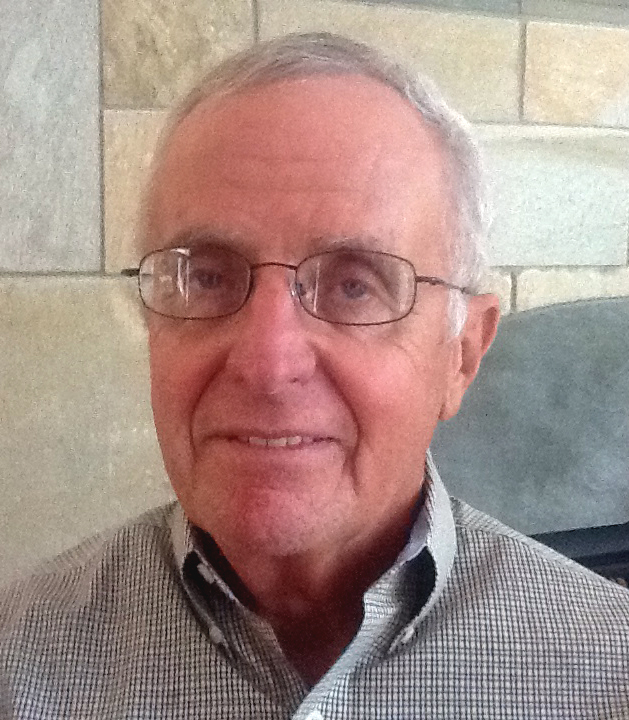 At a 2012 congressional briefing in Washington, D.C., on the harms of youth incarceration, an audience member stood up and asked, "What exactly should we do with youth in the system if we aren't going to lock them up?"
At a 2012 congressional briefing in Washington, D.C., on the harms of youth incarceration, an audience member stood up and asked, "What exactly should we do with youth in the system if we aren't going to lock them up?"
The panel of juvenile justice experts answered that we should put youth in community-based programs instead of institutions, but the panel had difficulty concretely describing such programs and how they could be scaled to serve the tens of thousands of youth incarcerated in the United States every night.
Last week, Youth Advocate Programs (YAP), a national nonprofit organization that has worked for nearly 40 years to divert young people from secure institutions issued a report, Safely Home, that describes solutions and highlights “bright spots” where systems and community-based programs have worked in concert to reduce youth incarceration.
The report provides ample evidence that youth can be safely supervised and supported in their communities and that juvenile justice systems have the money to support kids in their communities and reduce youth incarceration.
Drawing on recent reports from the John Jay College of Criminal Justice Research and Evaluation Center released in May and June of this year, Safely Home provides new information on the status of thousands of youth served by YAP. The data show that more than 8 out of 10 youth who have been in YAP programs remained arrest free while in the program and 95 percent were still living at home six to 12 months after their participation in the program ended.
Not only does this data demonstrate that youth do better when they are supported in their homes and communities than they would have if they were locked up in a juvenile institution, the report also emphasizes what we have known for a long time: It costs less too. A community-based intervention like YAP costs, on average, $75 per day compared to $241 per day to incarcerate a youth.
These program outcomes and cost comparisons should compel us to build community-based programs that work. But if we are serious about reducing incarceration of youth and improving public safety, it has to be about more than saving money and making sure kids don’t get arrested. What we do instead of incarceration has to be the opposite of secure institution. We have to really support kids and families in their communities.
Safely Home provides a blueprint for what it means to support kids and families, especially those with complex needs.
Safely Home profiles a number of different programs around the country that share these common elements and are achieving similar outcomes to YAP with youth who would otherwise be incarcerated. These programs include Black Family Development and the network of nonprofits it supports by re-granting through the Care Management Organization Model in Detroit, Roca, Inc. in Massachusetts, and the South Bronx’s Community Connections for Youth. Each of these organizations has succeeded in reducing youth incarceration by building strong supports for youth and young adults in the community and fully engaging them in their own development.
However, none of these organizations can reduce youth incarceration without a strong partnership with the public systems, specifically probation and juvenile correctional system leaders. For example, New York State’s Office of Children and Family Service and the New York City Department of Probation are highlighted as bright spots because juvenile correctional leaders in these respective departments have made a key decision to convince elected officials to re-invest and direct dollars from facilities to effective community-based programs for youth.
Among the states where more effective, less expensive community-based approaches are taking hold is Alabama. Since 2006, Alabama’s Department of Youth Services has implemented a reform agenda that has resulted in a substantial reduction in the number of young people in locked custody, increased funding to support community-based services, and a stronger collaboration with courts, schools and communities to keep youth being referred to the system.
These reforms have meant that community-based interventions like YAP have expanded services to four Alabama rural counties that had previously lacked the ability to serve youth outside of a correctional setting. “The program we have with YAP is truly the most impactful and successful program our Court has had the opportunity to participate in,”said Judge Jay Mastin Juvenile Court in Marshall County, Alabama.
The push to reduce youth incarceration exists in other jurisdictions where system stakeholders have devoted time to develop full continuums of community-based programs in order to safely and effectively reduce reliance on juvenile incarceration.
In Toledo, Ohio, for example, Deborah Hodges, the Juvenile Court Administrator, noted that “Our community worked hard to build a continuum of community-based programs, because we recognize that kids do much better when they're supported at home than they do in a locked facility. Programs like YAP and others like them in our continuum are critical to our mission of working with youth at the community level and helping them be successful.”
Throughout the nation in states, counties and cities, juvenile corrections leaders and the elected officials overseeing juvenile justice systems should take a page from the “bright spots” profiled in the report and begin the process of replacing youth incarceration with supportive, community-based programs that engage families, include youth and families in their own decision making and are grounded in principles of positive youth development and cultural competence.
Everyone has a role in this. Although it might be fashionable to claim that as a society we don't know what to do with our wayward youth, the facts are just the opposite: we know a great deal. Elected officials, juvenile correctional leaders and the public employees that oversee billions of dollars in youth justice spending who support programs like those profiled in Safely Home need our support. Youth justice leaders simply need to be encouraged, to be pushed to act. The young people who are unnecessarily incarcerated in this country need advocates to focus like a laser beam on expanding ways to keep more youth at home by bringing community-based alternatives to scale.
Paul DeMuro is an expert on conditions of confinement in secure facilities and has 44 years experience working on juvenile justice and child welfare issues. In the early 1970s, he helped close the Massachusetts training schools, replacing them with an effective continuum of community-based programs.

Pingback: Columna de Opinión: Community Programs Cheaper, Better than Incarceration | Juvenile Justice Information Exchange | NotiProyecto B